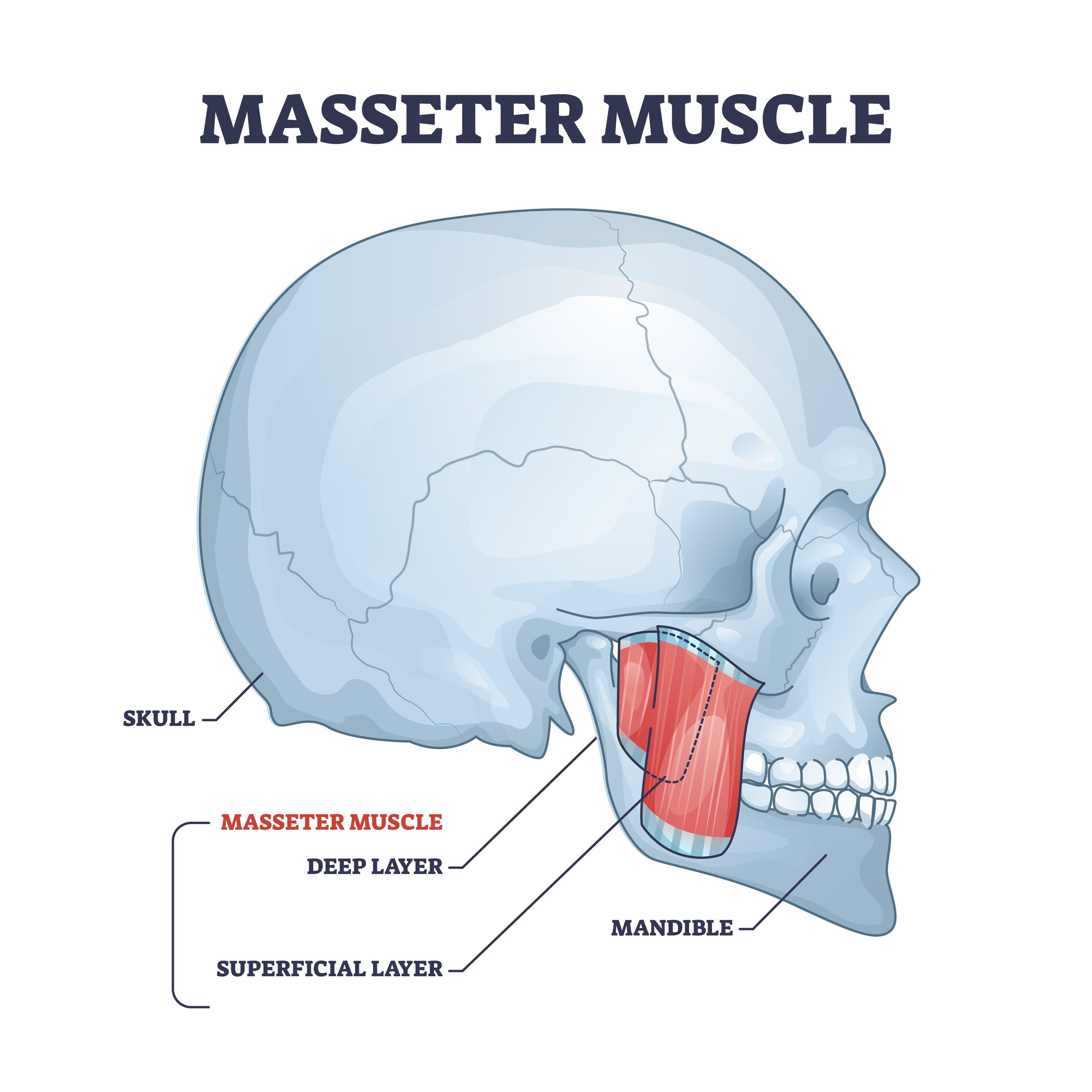Acupuncture Outperforms Physical Therapy and Venesection in Treating Chronic Low Back Pain
In a comprehensive 2024 study, researchers compared the effectiveness of acupuncture, venesection, and physical therapy in treating chronic low back pain (CLBP), a condition known for its significant societal and economic impact. This study sheds light on alternative treatment modalities that diverge from traditional medical and surgical approaches, offering hope for millions suffering from this debilitating condition.
Key Points:
Acupuncture and venesection showed superior results in reducing pain severity compared to physical therapy, with effects sustained after treatment ended.
Minimal adverse effects were reported, particularly with acupuncture, underscoring its safety profile.
Acupuncture demonstrated the most significant improvement in functionality among patients, suggesting its broader benefits in managing CLBP.
Venesection, while effective, was associated with instances of fainting, highlighting a need for cautious application.
A person with lower back pain
Understanding the Study on Acupuncture’s Effectiveness for Chronic Low Back Pain
The research, conducted in 2022 at the Department of Physical Medicine & Rehabilitation Medicine, involved a single-blinded, randomized clinical trial. One hundred five patients suffering from CLBP, without any major structural back diseases, were divided into three groups to receive physical therapy, acupuncture, or venesection. The primary outcomes measured were pain severity via the Visual Analogue Scale (VAS) and functionality through the Oswestry Disability Index (ODI).
Unpacking the Treatments
Physical Therapy (PTG) involved standard exercises and modalities aimed at reducing pain and improving mobility.
Acupuncture (APG) consisted of needle insertion at specific points believed to alleviate pain through neurophysiological mechanisms.
Venesection (VSG), also known as Fasd, involved drawing blood from a vein, a traditional practice in both Chinese and Persian medicine aimed at removing 'bad' blood to alleviate pain.
Results Discussion
All treatments reduced VAS scores significantly from the first session to follow-up, with acupuncture and venesection showing the most substantial long-term benefits. Acupuncture was particularly effective in improving functional outcomes as measured by the ODI, highlighting its role in enhancing daily activities and quality of life for patients with CLBP.
Study's Strengths and Weaknesses
Strengths:
Comprehensive Approach: The study's randomized, controlled design provided robust evidence on the effectiveness of each treatment modality.
Diverse Treatments Examined: Including traditional and modern therapies provided a broad view of potential treatments for CLBP.
Weaknesses:
Adverse Effects of Venesection: The report of fainting in venesection recipients suggests a need for careful patient selection and monitoring.
Limited Long-term Data: More extended follow-up periods would be beneficial to fully understand the sustainability of the benefits.
Implications for Treatment
This study supports the use of acupuncture and venesection as effective treatments for CLBP, with acupuncture offering the added benefit of enhanced functional outcomes without significant adverse effects. Physical therapy, while beneficial, showed less sustainability in pain reduction and functionality improvements.
While the study compared treatment options, studies have shown there is a benefit to combining acupuncture with physical therapy to augment the effects of each therapy.
Conclusion
The findings from this study underscore the potential of acupuncture and venesection in the treatment landscape of CLBP, offering viable alternatives to those who do not respond well to conventional therapies. As research continues to evolve, these treatments may become integral to managing chronic pain, providing relief and improved quality of life to patients afflicted with CLBP. The study champions a more integrative approach to pain management, one that combines traditional wisdom with contemporary clinical practices.
Over to you
If you liked this article, please share with friends and family who may want to learn more about acupuncture for chronic low back pain.
Sources:
Jamali Dastjerdi, M., Azadvari, M., Kordafshari, G., Zhao, B. X., Adel-Mehraban, M. S., Alipour, R., Karimi, M., Kazemi, A. H., Sourani, A., & Vafaie Sefti, A. (2024). Comparative efficacy of acupuncture, venesection, and physical therapy on chronic low back pain outcomes: a randomized clinical trial. Annals of medicine and surgery (2012), 86(5), 2729–2738. https://doi.org/10.1097/MS9.0000000000001944
Disclaimer: This web site is intended for educational and informational purposes only. Reading this website does not constitute providing medical advice or any professional services. This information should not be used for diagnosing or treating any health issue or disease. Those seeking medical advice should consult with a licensed physician. Seek the advice of a medical doctor or other qualified health professional for any medical condition. If you think you have a medical emergency, call 911 or go to the emergency room. No acupuncturist-patient relationship is created by reading this website or using the information. Morningside Acupuncture PLLC and its employees and contributors do not make any express or implied representations with respect to the information on this site or its use.



